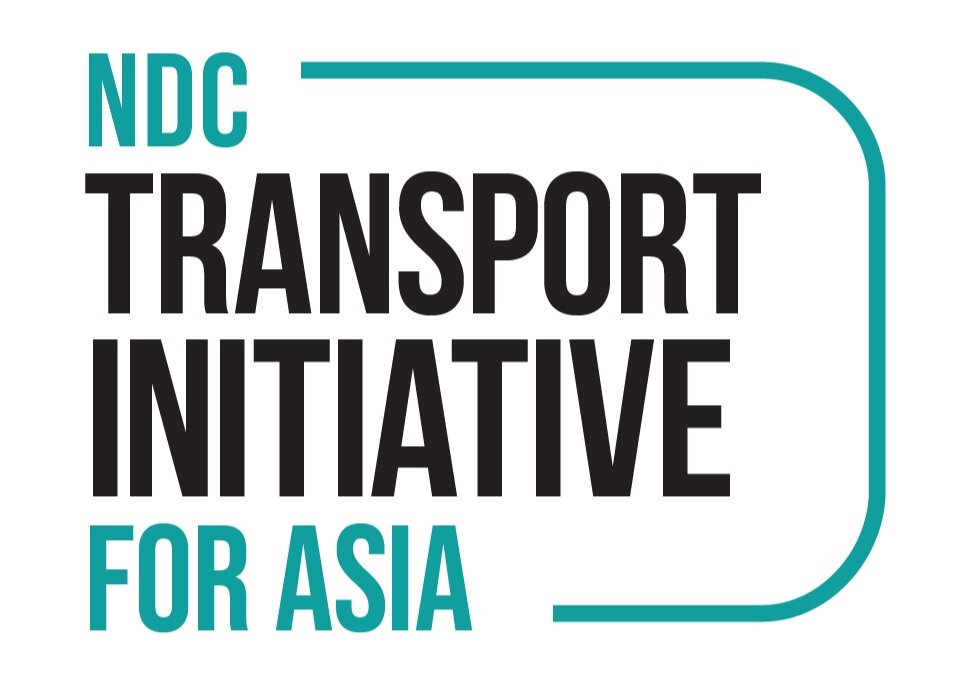BLOG: Abating transport emissions with EV adoption in India
India, being home to 21 out of the 30 most polluted cities in the world, witnessed a 54% reduction in harmful emissions during the lockdown, of which tailpipe emissions are a major component. Air pollution poses a grave risk with 35% of the country’s population exposed to emissions that exceed five times the standards set by the World Health Organization (WHO). This highlights the urgency to transition to zero-emission transportation solutions with its potential to prevent lakhs of premature deaths due to air pollution and save billions in health costs.
Read the full blog by Dr. Parveen Kumar, Anshika Singh, and Anuja Jadaunon on wri-india.org.

